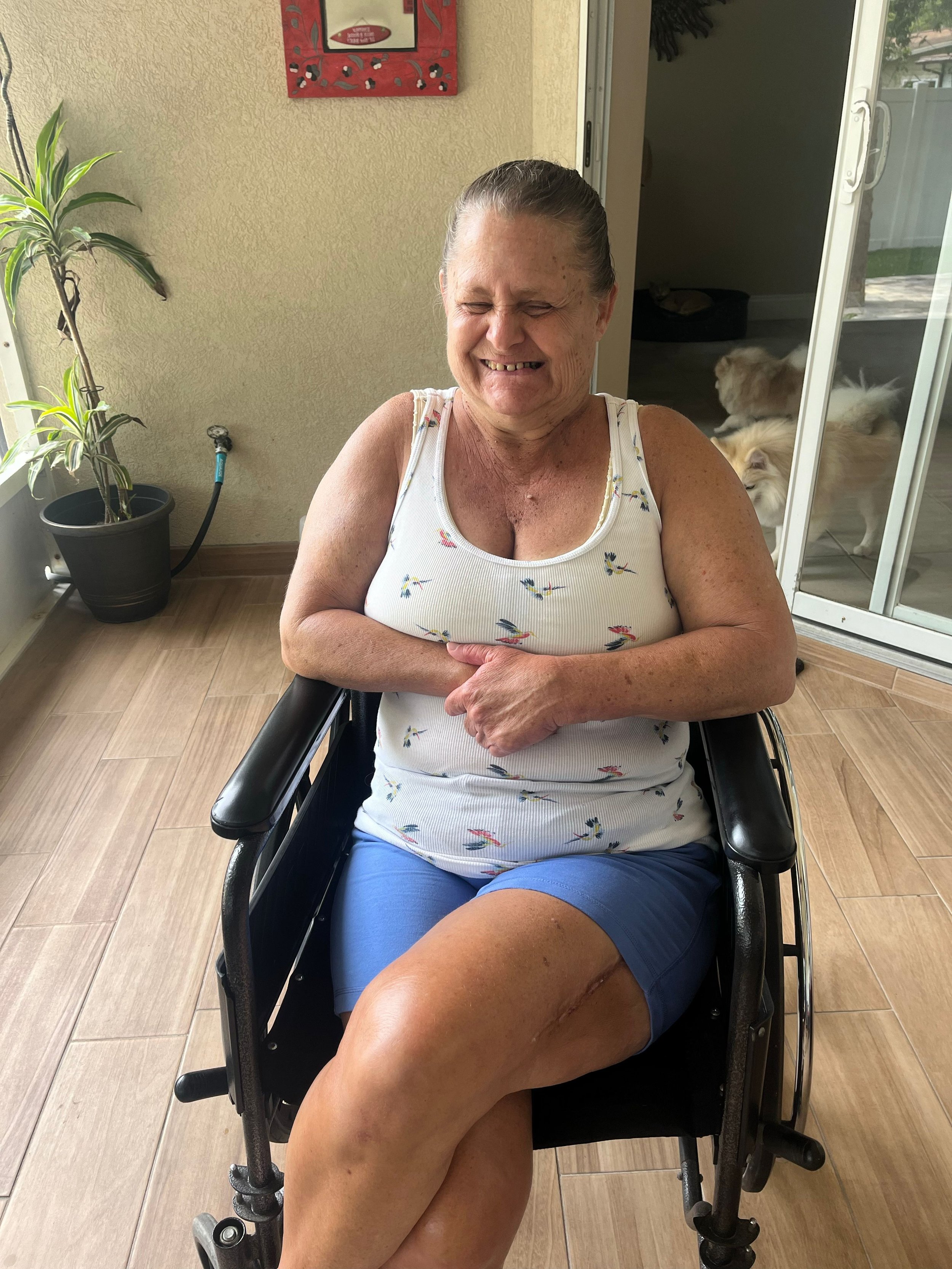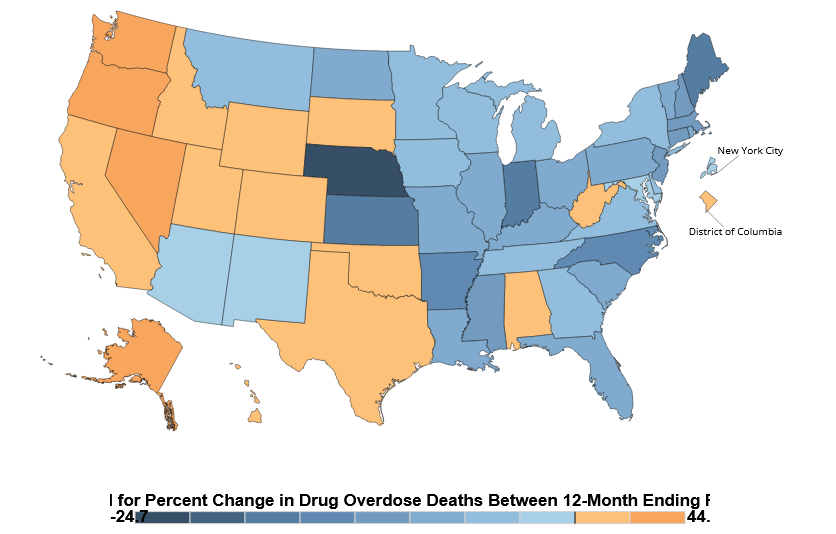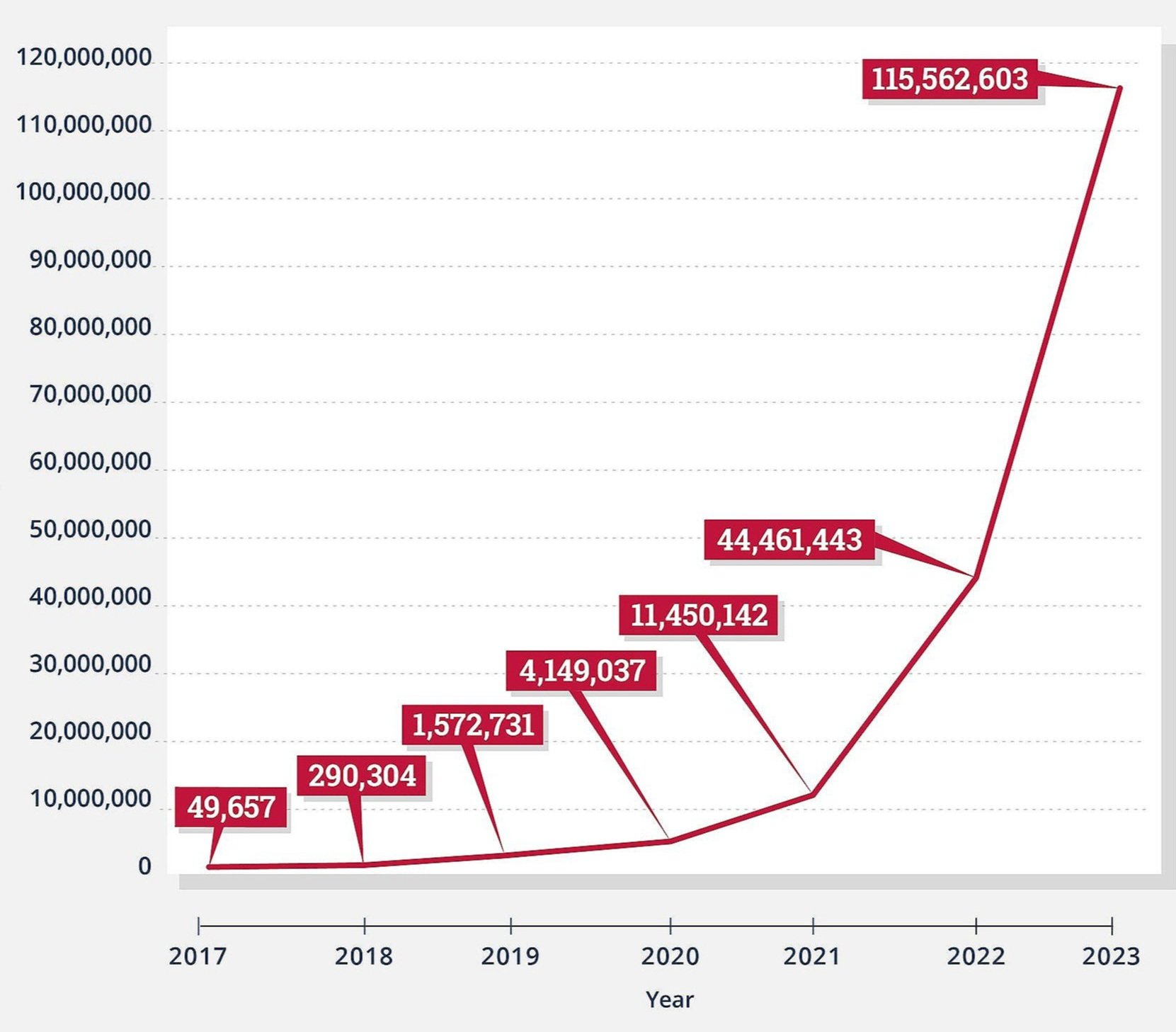‘Misplaced and Dangerous’ Opioid Study Debunked by Critics
/By Pat Anson, PNN Editor
Nearly a year after publishing a controversial study that questioned the effectiveness of opioid pain medication, The Lancet medical journal has published two rebuttal letters that challenge the study’s design and conclusions.
The blinded, placebo-controlled clinical trial – known as the OPAL study -- found that a 6-week course of low-dose oxycodone worked no better than a placebo in treating patients with recent mild-to-moderate back and neck pain. Based on that finding, Australian researchers recommended that opioids should not be used to treat acute back and neck pain, and that medical guidelines should be changed to reflect that view.
“Opioids should not be recommended for acute back and neck pain, full stop,” said lead investigator Christine Lin, PhD, a professor in the School of Public Health at University of Sydney.
“This recommendation is an extraordinary, misplaced, and dangerous conclusion, considering the authors studied the effects of only one type of slow-release opioid not indicated for acute pain and that guidelines should not be changed on the basis of a single randomized trial,” said Asaf Weisman, Dr. Youssef Masharawi and Dr. James Eubanks in their rebuttal letter.
Weisman is a physiotherapist and spine researcher at Tel Aviv University, Masharawi is a professor of physical therapy at Tel Aviv University, and Eubanks is an assistant professor at the Medical University of South Carolina.
“Relief of pain is one of the obligations of medical doctors. Despite the documented risks, which cannot be understated, opioids are indispensable for pain management, particularly in cases in which other forms of treatment are ineffective or inadequate,” they wrote.
The second rebuttal letter noted that the OPAL study had an “extremely high” dropout rate and nearly a quarter of patients in the placebo group were taking opioids when the study began – two factors that confound and weaken the study’s findings.
“We should be careful when drawing decisive conclusions based on this trial,” wrote Dr. Yu Toda, a palliative care specialist at Japan’s National Cancer Center Hospital.
In reply to the letters, Lin and her co-authors defended the design of the OPAL study, but agreed the conclusions may have been too broad.
“We agree that we cannot generalize our results to all opioids. There are different opioid classes with different pharmacological profiles,” said Lin. “We agree that the OPAL results might not be generalizable to all patients with acute low back and neck pain, including those experiencing hyperacute pain requiring immediate pain relief in the emergency department.”
Other critics found additional flaws in the OPAL study, pointing out that the daily dose of oxycodone was relatively low – ranging from 15 to 30 MME (morphine milligram equivalents) -- and that the oxycodone was combined with naloxone, a medication that blocks the effects of opioids. In clinical practice, a slow-release formulation of oxycodone is usually not prescribed for short-term pain and is never combined with naloxone,
Publishing rebuttal letters is a common practice for medical journals, but – until now -- The Lancet has not shared with its readers any counterpoints to the OPAL study
“The Lancet received submitted replies criticizing the OPAL Trial’s authors’ over-generalized conclusion within a month of the study’s online publication. Given evidence for patient harms from excessively rapid dose reductions or discontinuation of opioid therapy, waiting almost a year to publish these criticisms seems recklessly irresponsible,” said Dr. Chad Kollas, a palliative care physician and pain policy expert, whose rebuttal letter was rejected several months ago by The Lancet’s editors.
‘Many Patients Have Been Hurt’
The OPAL study received a fair amount of media attention when it came out and was even hailed as a “Landmark Trial” by some news outlets. But like many news stories dealing with opioids, they conveyed the simplistic message that all opioids are risky and ineffective, regardless of a patient’s condition, pain level or need.
“The Great Opioid Lie: Addictive painkillers do NOT reduce lower back or neck pain,” was the headline used by the Daily Mail. “Opioids might actually worsen pain in the long-run while increasing the odds of becoming addicted.”
The OPAL study was even cited by U.S. Sens. Ed Markey (D-MA) and Joe Manchin (D-WV) in a letter to the FDA urging the agency not to conduct studies on the efficacy of opioids. Further studies are not needed, they claimed, and would only lead to the approval of new opioid medication.
“A recent randomized placebo-controlled study found that prolonged opioid use was ineffective for acute back and neck pain,” Sens. Markey and Manchin wrote. “For too long, drug manufacturers have been given the benefit of the doubt in developing and marketing a drug that unleashed a widespread, decades-long epidemic. Using a study model that risks continued bias in favor of approval is unacceptable.”
Weisman and his two colleagues say “opioid phobia” in the U.S. has led to pain patients around the world being denied appropriate treatment, causing unnecessary suffering.
“Unfortunately, the opioid epidemic in the USA has led to many countries adopting strict umbrella policies and led to so-called opioid phobia among clinicians, and many patients worldwide have been hurt due to these processes,” they wrote.














